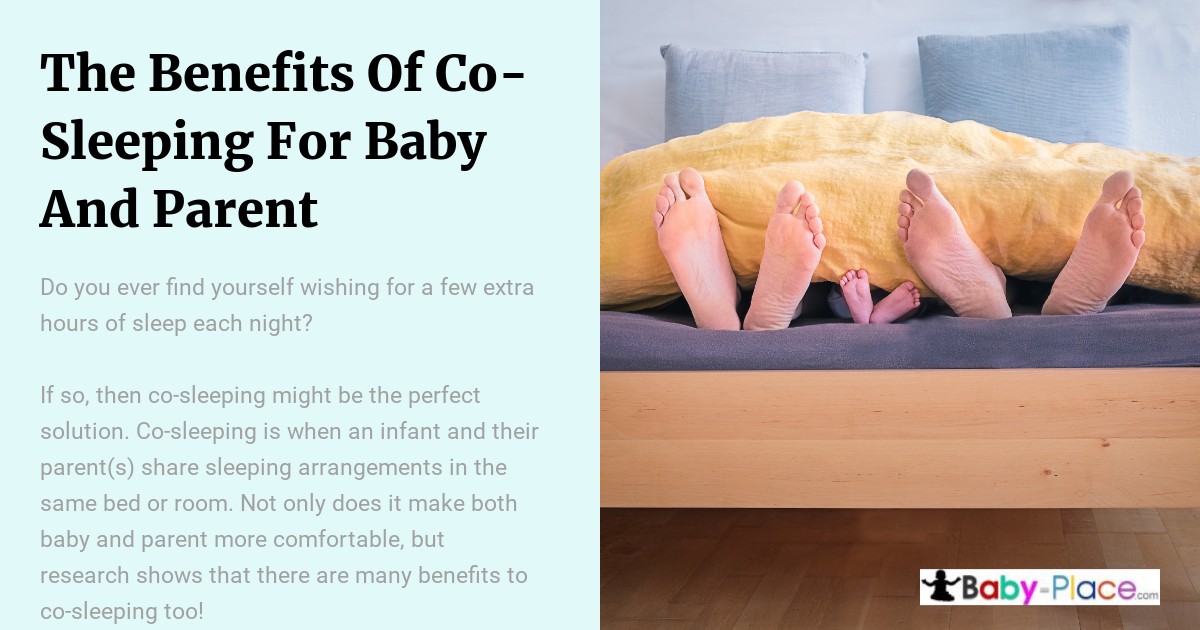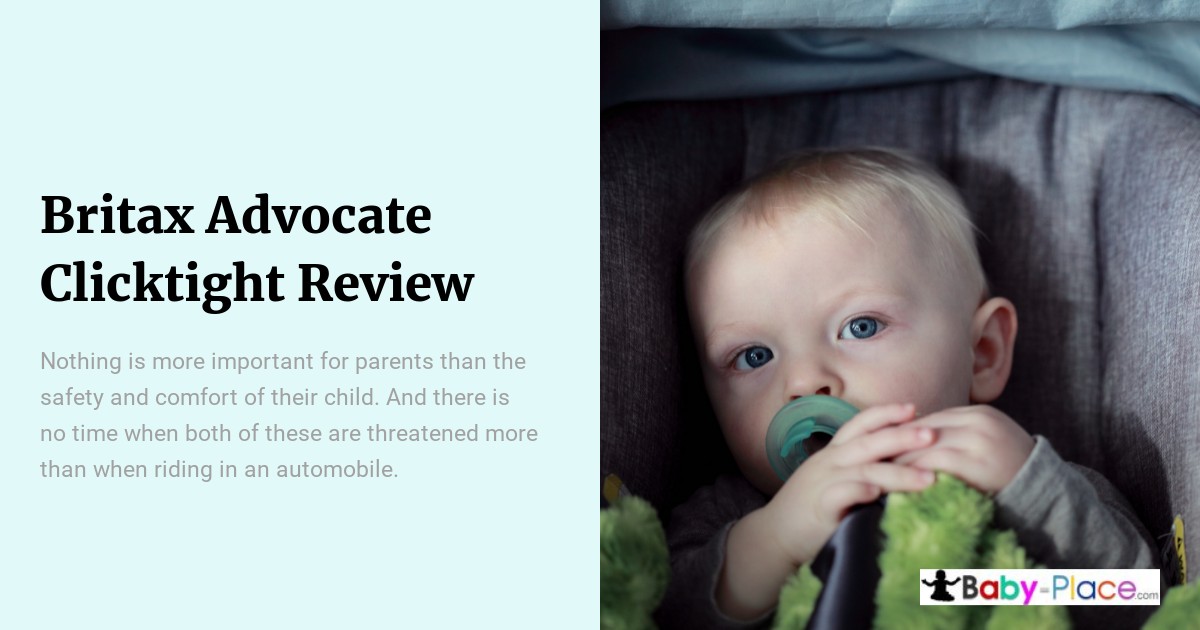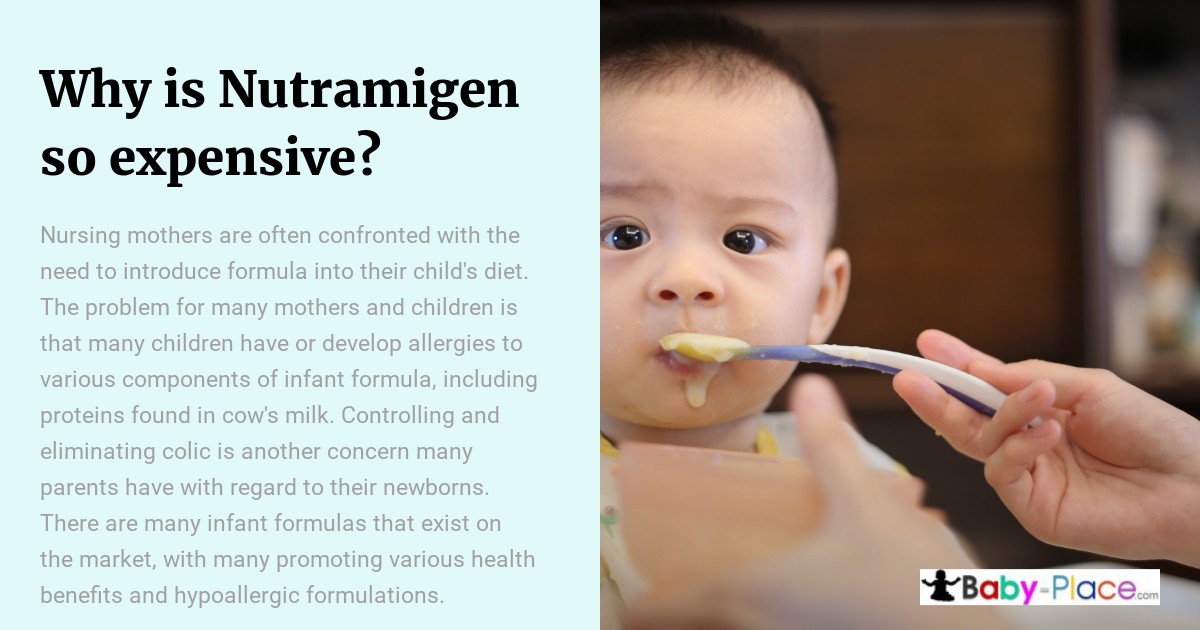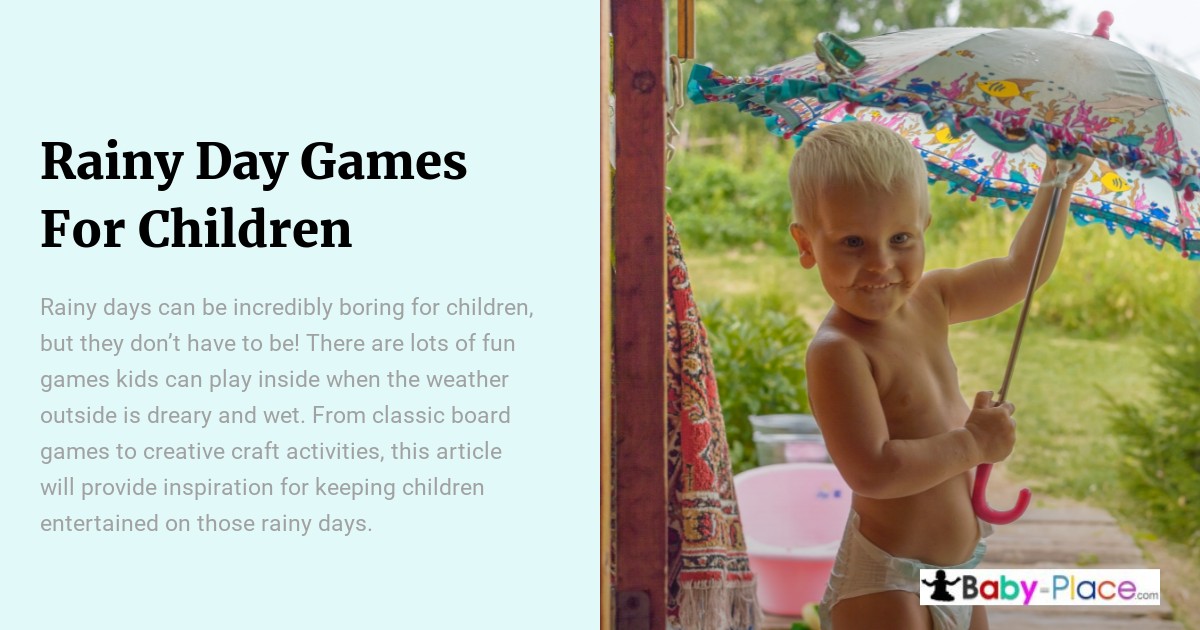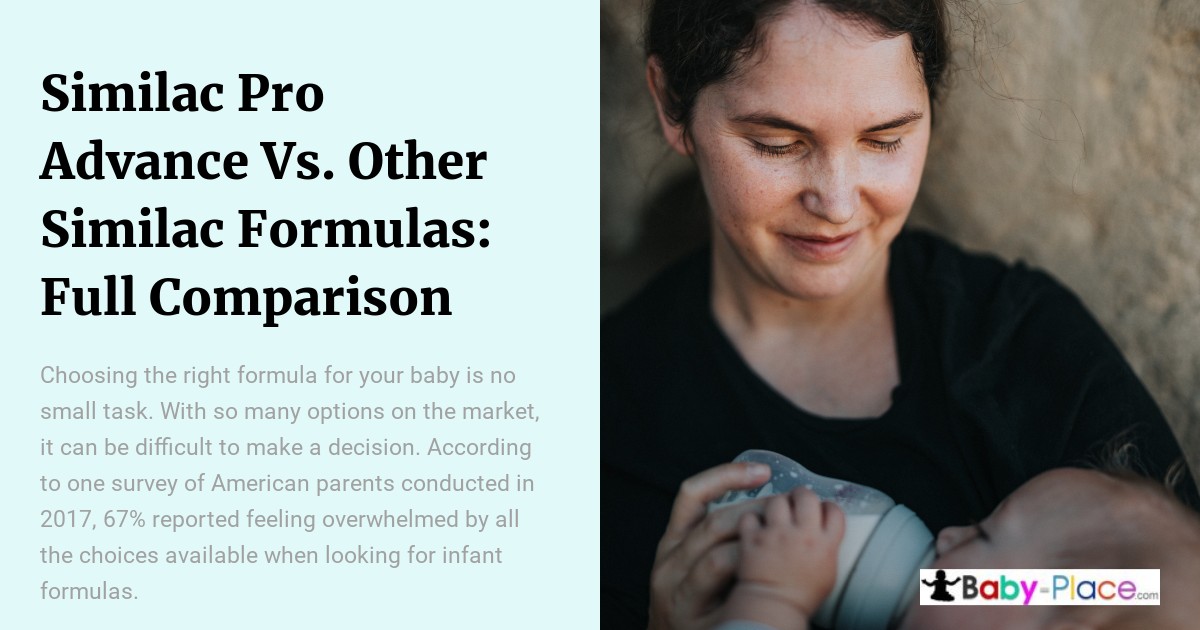Do you ever find yourself wishing for a few extra hours of sleep each night?
If so, then co-sleeping might be the perfect solution. Co-sleeping is when an infant and their parent(s) share sleeping arrangements in the same bed or room. Not only does it make both baby and parent more comfortable, but research shows many benefits to co-sleeping too!
In this article, we’ll discuss how co-sleeping can provide parents with much-needed rest as well as help create strong bonds between babies and their caregivers.
The practice of co-sleeping has been around since ancient times. However, recently, its popularity has grown exponentially due to increased awareness of its advantages. Not only is it convenient and comfortable for families, but numerous studies have shown that it helps infants develop healthy attachments to their parents, leading to better emotional development later on in life.
Additionally, experts agree that sharing sleep environments allows babies to feel secure and safe, leading to improved mental health outcomes such as reduced stress levels.
Finally, co-sleeping offers many practical benefits as well, such as allowing parents easier access during nighttime feedings or diaper changes. It also gives mom time by eliminating trips up multiple flights of stairs to check on baby at all night hours!
With these advantages taken into consideration, it’s no wonder why more parents are choosing to start practicing co-sleeping today.
What Is Co-Sleeping?
Cuddling up close and cosseting in comfort, co-sleeping is a practice that has been around for centuries. An ancient tradition of sleeping together as one family unit can promote better bonding between parent and baby while also providing practical benefits to both.
But what exactly is co-sleeping?
Co-sleeping refers to the act of sharing a bed with an infant or young child, either having them sleep directly beside you or within very close proximity. It’s not just limited to beds, though, some parents opt to have their little ones sleep on couches, recliners, or even bassinets attached to the side of their own bed. This way, they can remain close enough to respond quickly when needed during those all-important early months.
For babies, this kind of closeness boosts feelings of security and helps reduce anxiety levels that are so common during infancy. For parents, it means fewer disrupted nights due to having your baby right there at arm’s reach instead of across a room where you would need to get out of bed every time they wake up needing attention.
Co-sleeping may be especially beneficial if you’re breastfeeding, too, since it makes nighttime feedings easier and more convenient – no longer do you have to worry about getting out of bed multiple times each night!

Benefits For Baby
It’s an incredible coincidence that the benefits of co-sleeping for baby and parent both come together in perfect harmony. The deep connection forged between infant and caregiver through this ancient practice is a powerful thing, and it can have lasting positive effects on a child’s development.
When babies are allowed to sleep with their parents, they experience several key advantages. For one, closeness to mom or dad provides infants with feelings of security and comfort during those long nights when family members drift off into dreamland.
This physical contact helps young children feel safe enough to explore new developmental milestones, like rolling over or holding onto objects. It also reduces stress levels by providing easy access for nighttime caregiving such as soothing, diaper changing, or breastfeeding.
In addition to safety and ease of caregiving, spending time nestled up next to mom or dad gives kids a unique opportunity to observe how adults interact in everyday life. When a baby is able to watch adult conversations from the sidelines while snuggling close by, they learn valuable communication skills which will serve them well throughout childhood and beyond. Co-sleeping further reinforces these lessons since it allows babies more time with their caregivers at night – something even traditional crib sleeping arrangements cannot provide.
By creating meaningful bonds between family members while supporting healthy development in infants, co-sleeping offers many tangible benefits not found elsewhere – making it an ideal choice for busy families looking for quality time together every day (and night).
Benefits For Parent
When it comes to co-sleeping, parents can reap just as many benefits as their babies. With the right precautions, this sleeping arrangement could provide a host of advantages that make everyone in the family more comfortable and content.
First and foremost, co-sleeping should be viewed as an opportunity for parents and babies to bond during those precious early days. It’s no secret that close physical contact helps infants feel secure and loved – but the same goes for adults too! Parents who share a bed with their child will find themselves feeling closer than ever before – even if they lack restful sleep from time to time.
In addition to promoting closeness between parent and child, there are numerous practical reasons why co-sleeping makes sense:
Benefits for Baby:
* Greater security & attachment
* Improved breastfeeding success
Benefits for Parent:
* Easier nighttime feedings & diaper changes
* Catching signs of discomfort quickly
The ability to keep tabs on your little one throughout the night is invaluable when you consider all the potential health concerns that arise at such a young age. By having them so close by, you can catch any issues or warning signs much sooner than if they were in another room altogether. Furthermore, tending to basic needs like feeding and changing diapers becomes almost effortless since everything happens within arm’s reach!
Co-sleeping combines convenience with emotional connection – two things every parent desires when raising their child. While it isn’t always possible due to space constraints or other considerations, those lucky enough to have this option should take advantage of its many wonderful perks.
Safety Considerations For Co-Sleeping
It’s important to always consider safety when co-sleeping with a baby. Parents should be sure to use appropriate bedding, such as firm mattresses and tight-fitting sheets that won’t come loose. There must also be no pillows or soft items in the sleeping area, so there is nothing for the infant to get tangled in.

For added security, many parents set up their beds using special side rails made specifically for safe co-sleeping. It’s important to note that some babies may have difficulty adjusting to this arrangement at first but can learn quickly if given enough time and patience.
Ultimately, it is up to each parent individually to decide whether or not they are comfortable with co-sleeping and what measures need to be taken for both their own peace of mind and the well-being of their child. Taking into account all factors involved can help ensure a safe and successful experience for everyone involved.
How To Create A Safe Co-Sleeping Environment
Creating a safe co-sleeping environment is an important part of reaping the many benefits of this practice. In order to ensure your baby and yourself are comfortable, there are several steps you should take.
First, make sure that the bedding is secure and free from any gaps or spaces where your little one could get stuck. Additionally, it’s important not to use too much padding in case they roll over onto their stomachs. Here’s a quick checklist of items you should have in the co-sleeping area:
- A firm mattress with a fitted sheet
- Blanket for warmth without suffocation risk
- No pillows or stuffed animals
- Safe sleep surfaces such as mesh liners for sidecar cribs
When designing your space, keep in mind that babies can move around quite easily once rolling over, so make sure that no objects which could be hazardous are within reach. This includes cords, lamps, and other furniture pieces. Lastly, if possible, try to maintain the room temperature between 65-72 degrees Fahrenheit (18-22 Celsius).
These tips will help create an optimal environment for both parent and child during those precious moments of rest together!
Different Co-Sleeping Options
When it comes to co-sleeping, parents can choose a few different options. The most popular option is bed-sharing, where the baby and parent share the same sleeping surface, usually a bed or couch. However, there are other ways to practice safe co-sleeping, such as sidecar cribs that attach securely to one side of the adult’s bed so the baby has their own sleep space while still being close to mom or dad.
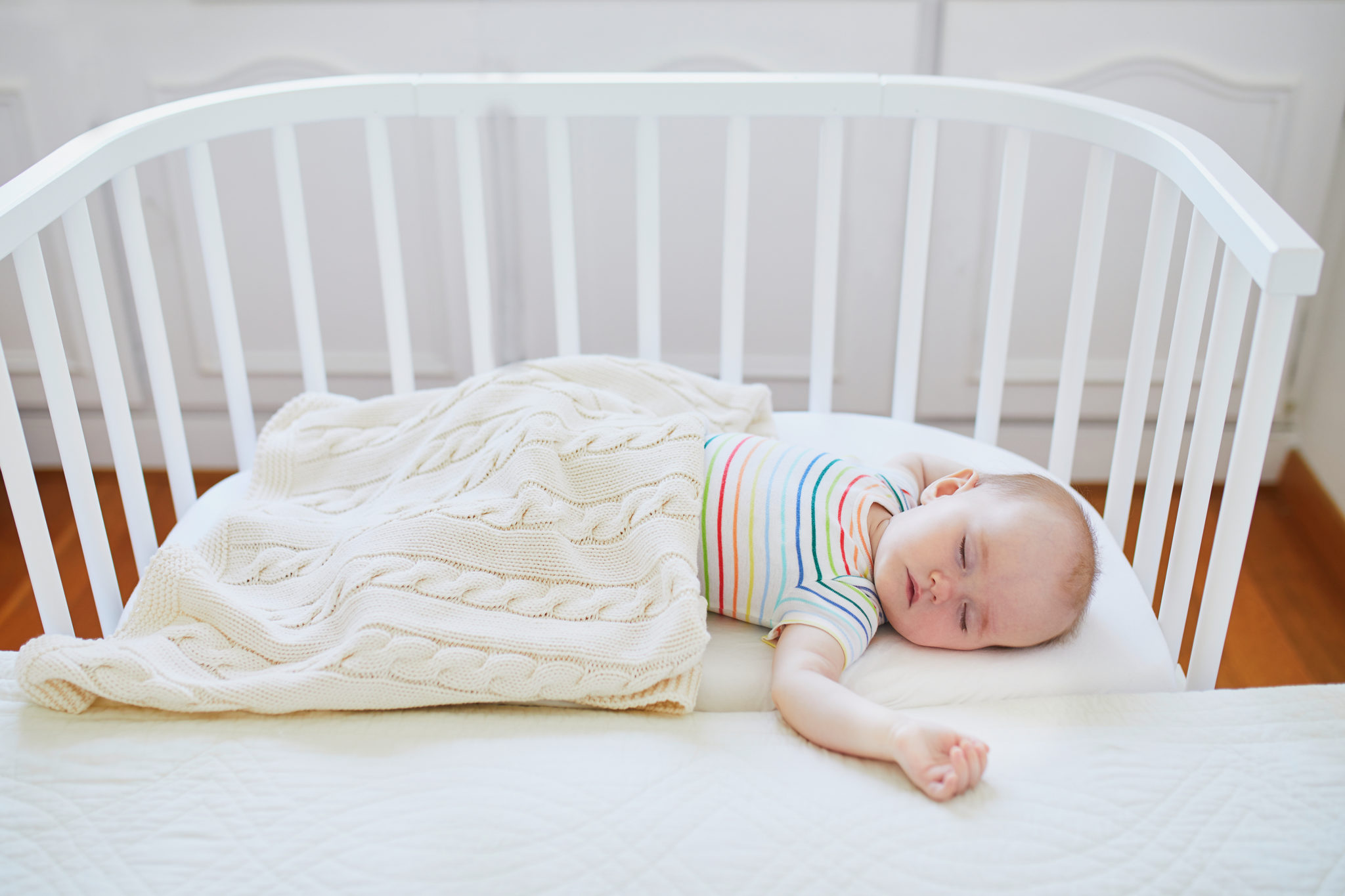
Another great option for co-sleeping is bassinets that securely fit within the arm’s reach of an adult bed. This way, you’re able to keep your baby close by but also have them in their own separate area. Also, if your budget allows it, many moms opt for a mini-crib that can be moved around easily throughout the home.
Whichever method you decide on, just remember to always create a safe environment for both yourself and your little one when it comes to co-sleeping. Ensure proper safety precautions are taken, like keeping loose blankets away from babies’ faces and making sure pillows don’t obstruct breathing pathways. Ultimately, no matter what type of co-sleeping arrangement works best for your family – do whatever makes you all feel comfortable and secure!
Tips For Making Co-Sleeping Easier
Many parents worry that co-sleeping can be disruptive and create bedtime problems, but with the right setup and understanding of how to make it work for both baby and parent, there are plenty of tips to help ensure a peaceful night’s sleep. Here are seven tips for making co-sleeping easier!
First, establish a consistent routine. Babies thrive on knowing what to expect; having a regular pre-bedtime ritual will let your little one know it’s time to settle down. A warm bath followed by cuddles is often enough to get them ready for sleep in their shared space.
Second, keep noise levels low through the evening – this doesn’t just mean avoiding loud music or TV shows but also monitoring other sounds, such as washing machines running late at night. Even if you’re lulled into deep sleep easily, these noises may disturb your baby which could lead to more disrupted nights for everyone involved.
Finally, ensuring you have an appropriate mattress is essential. Co-sleeping should only take place on mattresses designed for babies and young children, so they don’t become trapped between gaps in adult beds or pillows. If possible, invest in breathable sheets, too – they’ll help regulate temperature while your child sleeps peacefully alongside you.

Alternatives To Co-Sleeping
Co-sleeping can be an incredibly rewarding experience for baby and parent, but it isn’t the only option. Alternatives to co-sleeping offer families different ways of sharing a space while still giving parents peace of mind. Let’s take a look at what those alternatives are!
As if by magic, a variety of creative options have sprouted up like wildflowers in springtime that provide an enjoyable environment for both you and your little one:
- In-room cradles or bassinets – These cozy enclosures keep babies close without requiring them to share the same bed as their parent.
- Portable beds – Small cribs with mesh sides make nighttime visits easy while keeping everyone safe and snug.
- Room dividers – A perfect solution for larger rooms, this clever addition allows infants to sleep nearby separated from their parents’ bed.
These methods allow babies to stay close enough so they feel secure but far enough away so that mom and dad can get some much-needed rest too. Whether you choose a traditional sleep arrangement or go the extra mile with something new, there is no right answer – just what works best for your family. After all, finding a balance between safety, comfort, and convenience is key when it comes to getting quality sleep!
Different Parenting Styles And Co-Sleeping
It is often said that parenting styles have a direct impact on whether or not parents and babies should be co-sleeping. Experiences of different families may vary, but it’s undeniable that the way in which we raise our children has an effect on their development and well-being. So what can we take away from this regarding co-sleeping?
On one end, there are those who believe that infants need to learn how to sleep independently as soon as possible – especially since staying close to mom and dad for too long might make them more dependent on outside comfort. On the other hand, many think that the physical contact of a loving parent during bedtime helps create strong emotional bonds with the baby. This means that by allowing your child to be nearby while sleeping, you’re giving them something essential: security and reassurance.
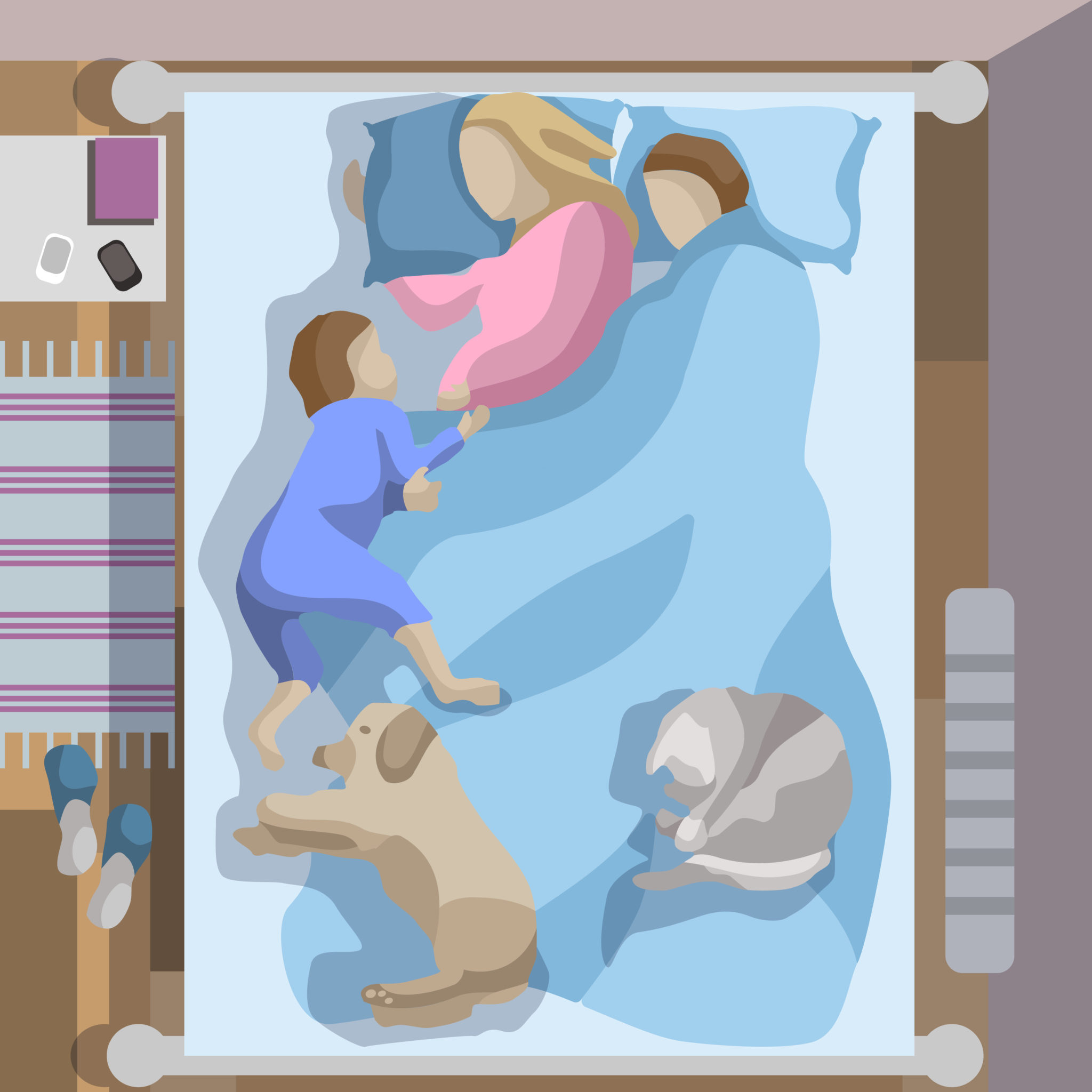
The truth is that every family needs to find out what works best for them. There are no definitive rules about co-sleeping – only personal choices based on individual beliefs and experiences. By listening closely to both logic and intuition, parents can decide if they want their little ones near when night falls or if they prefer another arrangement entirely.
Long-Term Impact Of Co-Sleeping
Co-sleeping has become a popular parenting decision as parents seek to create strong connections with their children and provide them with security. It’s like an invisible thread that binds the hearts of parent and child together – one they will never forget. Despite its growing popularity, it is important to look at the potential long-term impact co-sleeping can have on both baby and parent:
The effects of co-sleeping are far-reaching, positively impacting many aspects of life for years to come. Here are just some of the benefits your family may experience:
- Improved mental health – Research suggests that those who experienced positive, secure attachments in childhood often go on to be more independent, resilient adults
- Stronger Bonds – Co-sleeping encourages closeness between mother and child, which facilitates communication and understanding
- Enhanced Brain Development – Babies exposed to loving physical contact during sleep showed increased brain activity compared to babies who slept alone
- Better Emotional Regulation – Studies show that infants securely attached through co-sleeping self soothe faster when distressed than those without this link.
It’s clear that co-sleeping offers not only countless advantages in infancy but also provides valuable tools for later life too. By creating a safe space between parents and infants where love, protection, and comfort abound, families benefit from better relationships throughout all stages of development.

Conclusion
Co-sleeping can be a great option for both baby and parent, despite it not being the right fit for every family. It is important to consider safety when sharing a bed with an infant and create a comfortable environment that is conducive to restful sleep. From improved breastfeeding better bonding opportunities, and enhanced emotional security, co-sleeping has many benefits that make it worth considering if you’re looking for ways to improve your bond with your little one.
It’s important to remember that each parenting style has its own merits and drawbacks; what works best for one family may not be suited for another. Ultimately, it’s up to parents to decide which sleeping practices are best suited for their individual needs–but co-sleeping might just be the answer they’ve been searching ‘high and low’ for!
As long as all safety considerations have been taken into account beforehand, co-sleeping can provide babies (and parents) with numerous advantages while bolstering relationships between them. With this in mind, let us encourage more families to explore the joys of safe co-sleeping together!

